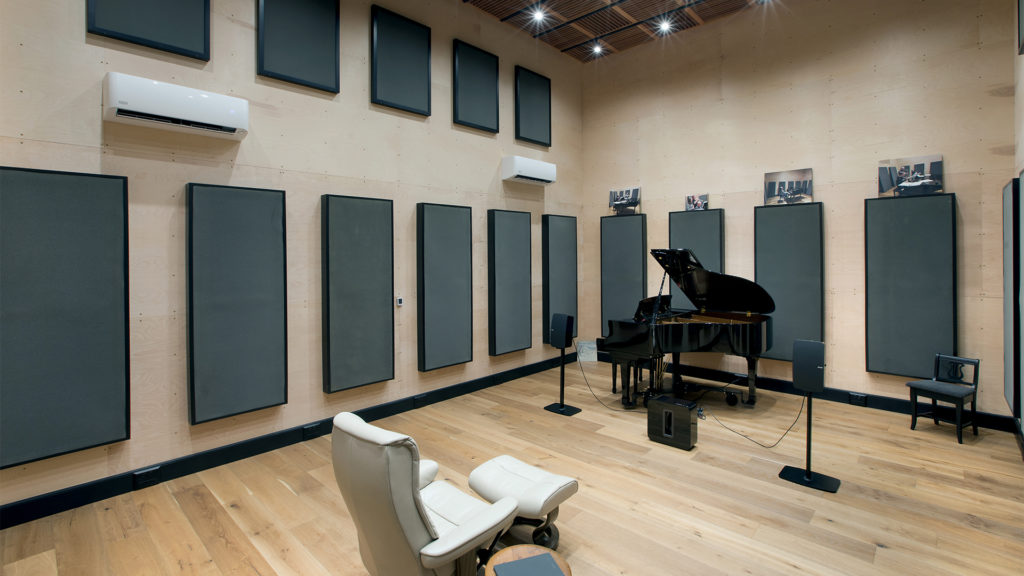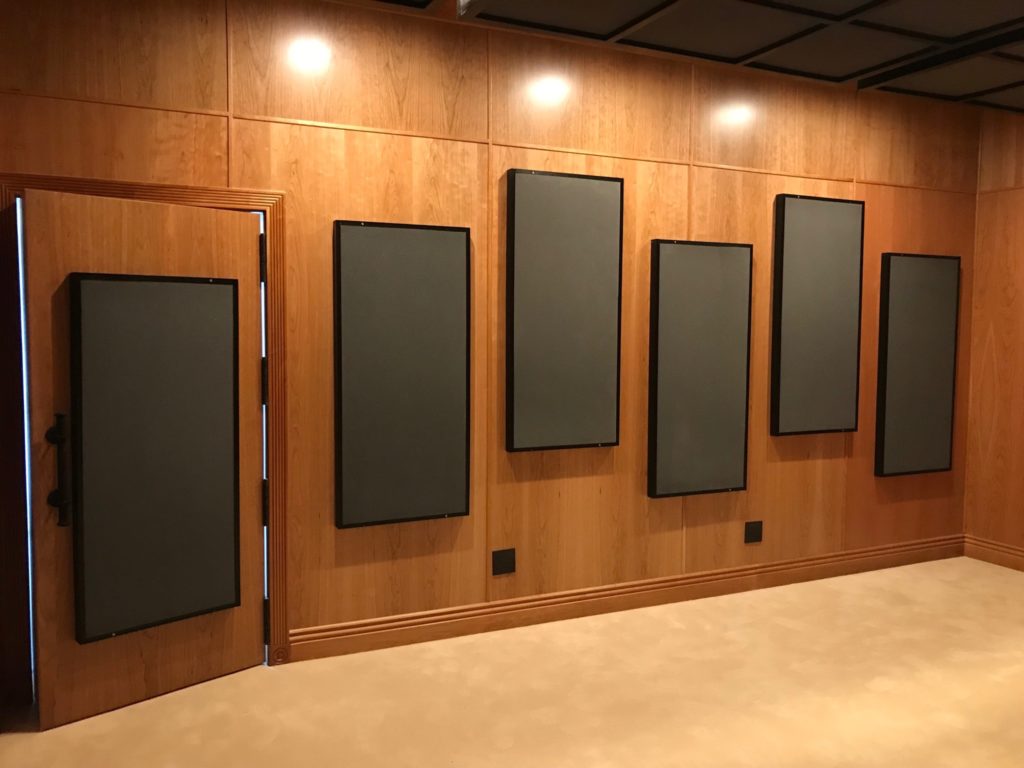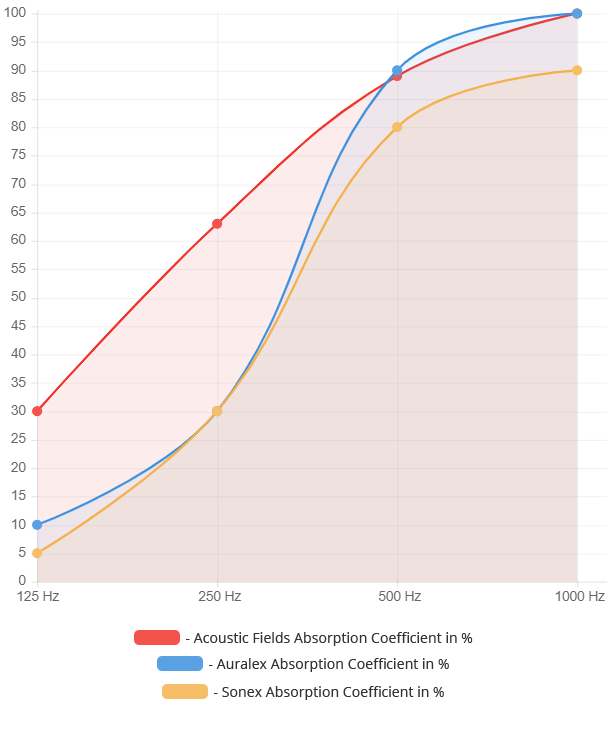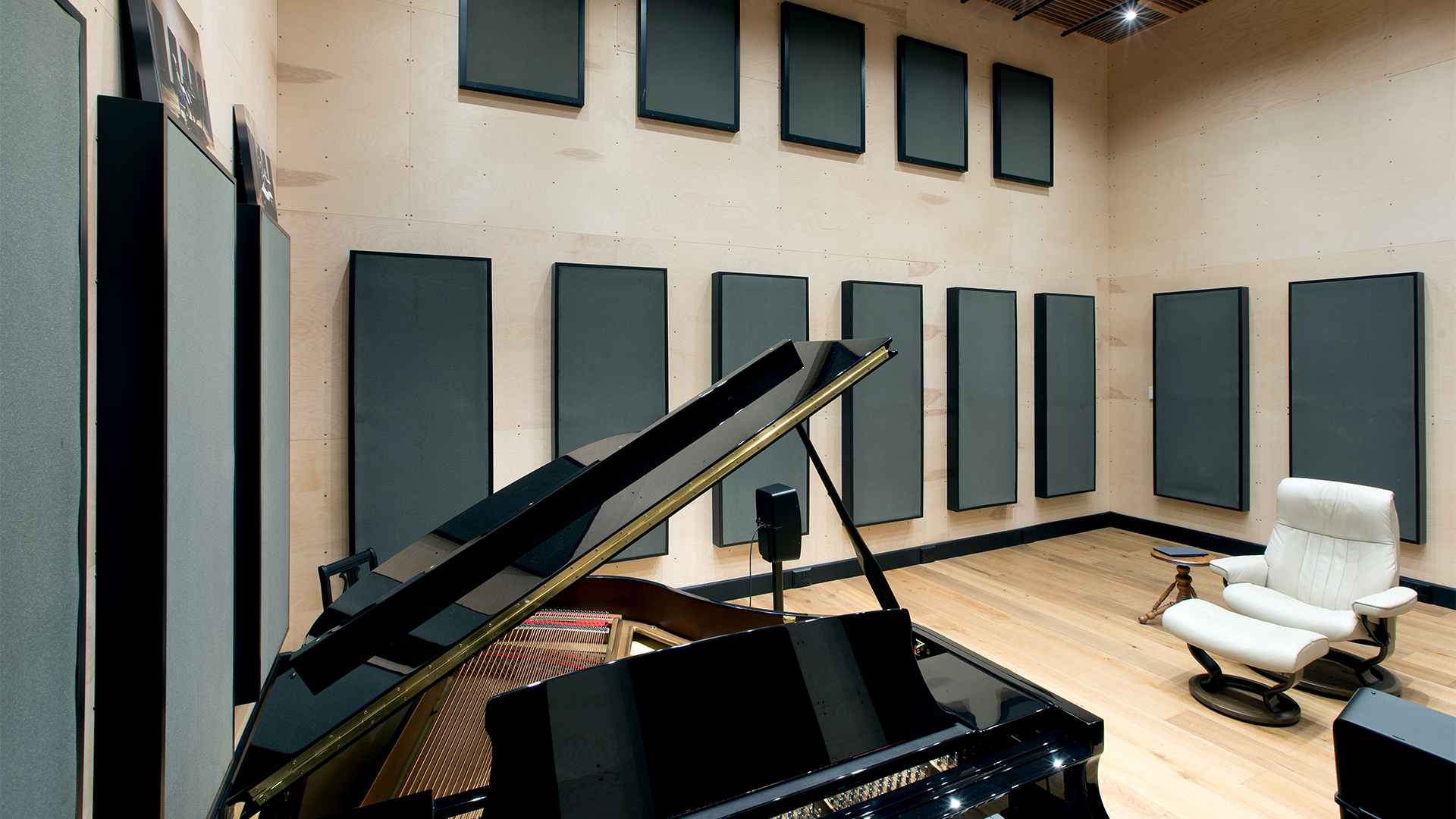
What does acoustic foam do? Acoustic foam is a technology that is used to absorb sound. It is designed to absorb middle and high frequency energy. Acoustic foam is not a low – frequency absorption technology. Many companies will make this claim to fool the uninitiated. Don’t fall for it. Low-frequency energy takes one type of technology to absorb it correctly and middle and high frequency energy takes a completely different technology. When one asks what does acoustic foam do?, it does not absorb bass but will work for vocals. Low-frequency energy issues can take up to 16″ of space to treat. Acoustic foam comes in 2″ thicknesses and can be stacked together to increase the rate of absorption throughout its design for frequency. https://en.wikipedia.org/wiki/Acoustic_foam

What does acoustic foam do? It is lightweight, economical, and flexible. It can bend and form so you can insert it into panels or just hang it on the wall. When you ask the question, what does acoustic foam do? you must realize that in order for it or any other material type to act as it was designed to do, we must use enough of the material type and cover adequate amounts of surface area. These numbers all have to be calculated and designed for. Acoustic foam has a certain rate and level of absorption for every 2″ thickness. You must match the rate which is how fast it absorbs energy as sound energy moves through the frequency range. The level of absorption is how low the foam will start absorbing energy at. Our Acoustic Fields, https://www.acousticfields.com/ foam begins absorbing energy at 125 Hz. and goes up smoothly to 6,300 Hz.

What does acoustic foam do? It provides a lightweight and economical solution for middle and high frequency absorption. It accomplishes this through a process of air flow and friction. Air moves across the surface of the foam and produces friction. Friction then produces heat which is an energy transformation. With the introduction of heat, we change the energy form which produces absorption. How much energy the foam absorbs is termed the rate of absorption. The level of absorption is how low the foam absorbs down to. A thicker foam may perform at the same rate of absorption but will usually start absorbing at a lower frequency due to its thickness. https://www.acousticfields.com/product/acoustic-foam/
When you are treating music and voice, you must be careful with both the rate and level of absorption that you use in order to manage the reflections of middle and high frequency energy. Music and voice are different from noise. With noise, we want to absorb as much excess energy as we can to minimize noise levels. This is not the prescription required for treating music and voice. Music and voice require a gradual and smooth transition from 125 Hz. up through 500 Hz. This is the critical frequency range when it comes to both music and voice. If you do not get this frequency range correct, your music and voice will sound like it’s not treated correctly or it will be too “dead” from over absorption.
https://tigerfoam.com/sprayfoaminsulation/open-cell-vs-closed-cell-foam-which-should-i-choose/
What does acoustic foam do? It absorbs energy from reflections to lower reverberation times within a room. Reverberation, not echo, is produced from all the hard surfaces within the room. Sound energy strikes the hard surfaces and is not absorbed; it is reflected back into the room. Each surface in a rectangular room contributes around 17% to the overall reverberation times. In order to manage the reflections from each wall, floor, and ceiling, we need to cover between 50 – 65% of each offending surface area. This is where most people fall short. They do not use enough material type to reach what we term in physics as critical mass. Critical mass means you have enough surface area coverage to produce an audible impact. https://www.acousticfields.com/acoustic-foam-overview/








The discussion on ductwork noise transmission from Acoustic Fields highlights crucial aspects of HVAC system acoustics. The movement of air…
Great build plans. thank you Denis
You must use absorption. Never place a chair against a wall.
A friend and I built several diffusors using these plans and they turned out absolutely beautiful. Very good instructions and…